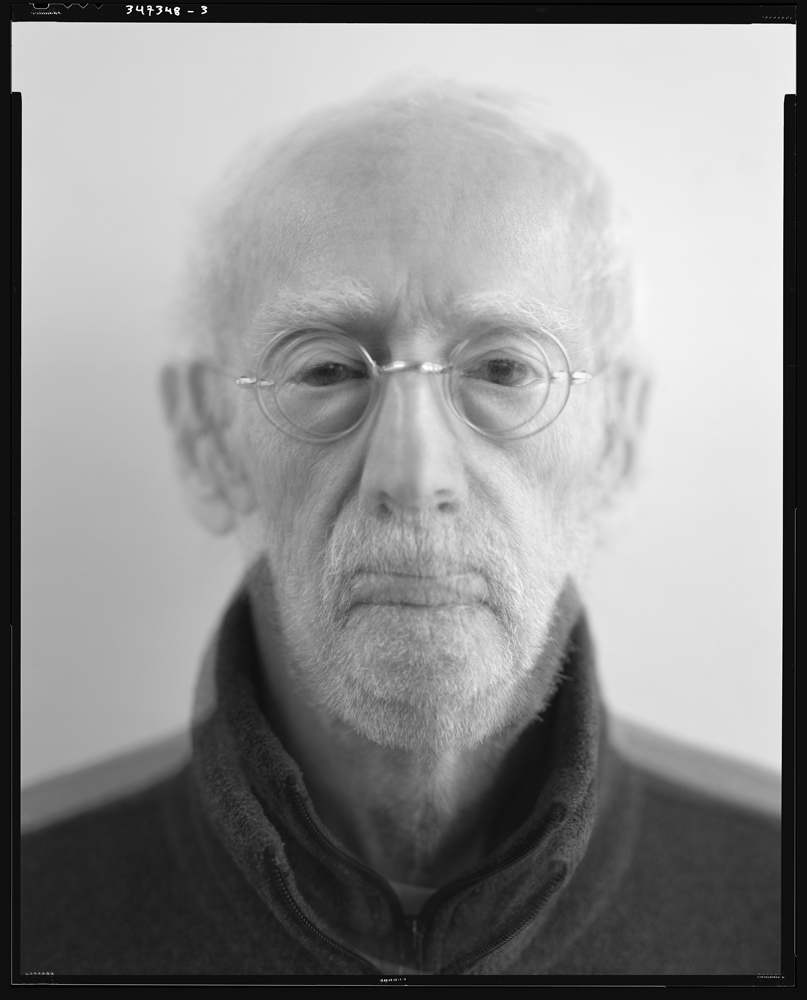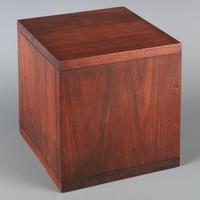More about Robert Morris
Works by Robert Morris

Contributor
In the early 1960s a movement started cropping up amongst the young painter folk.
Many of them decided that painting wasn’t “real” enough for them, so they switched to sculpting, but as sculptors they felt like sculpting didn’t convey “real” enough messages either. They started to redefine what sculpture was by deconstructing subjects so much that all that was left were shapes.
From this movement would emerge two minimalist movements: one defined by the use of industrial materials, like sheet metal and steel, and the other (if you want to sound like a fancy-shmancy art genius) was called Cubo-Constructivism. All that means is “the opposite of Cubism”. The Cubo-Constructivsit movement utilized soft and synthetic materials that were often sewn together. Robert Morris worked somewhere in between the two movements and often jumped back and forth between the two, sometimes working in soft materials and sometimes with hard. Either way, the guy was 100% a minimalist. In 1963 Morris published his “Statement of Esthetic Withdrawl” where he called artists out by challenging them to “remove all esthetic quality and content” from their works.
Morris led by example. He took away most of the artistic influence from his own works and basically raised the same question Duchamp did when he debuted Fountain. The question being “what makes art “art”? Morris pushed the question further, though. He wanted artists to see what was the least amount of work they could do and still get their point across to their viewers.
Since the artist’s voice didn’t come through their own work anymore, the object of art was no longer to control how the viewer sees the work of art. Instead it turned into experimenting with what one sees and feels when interacting with the piece. In other words, artists weren’t creating works of art to look at anymore, now they were creating works that you experience. A great example of this is Morris’s Labyrinth where spectators become participants because they have to walk through the narrow maze to experience the work and get the trapped and confused feeling Morris related to the politics of the 1970s.
Morris made simple art in a crazy time, but he did prove that you don’t need to show a lot to say a lot.
Sources
- Norbert Lynton, The Story of Modern Art (Ithaca, NY: Cornell University Press, 1980)
- Barbara Rose, American Art Since 1900; A Critical History (New York: Frederick A. Praeger, Inc., 1967)
Featured Content
Here is what Wikipedia says about Robert Morris (artist)
Robert Morris (February 9, 1931 – November 28, 2018) was an American sculptor, conceptual artist and writer. He was regarded as having been one of the most prominent theorists of Minimalism along with Donald Judd, but also made important contributions to the development of performance art, land art, the Process Art movement, and installation art. Morris lived and worked in New York. In 2013 as part of the October Files, MIT Press published a volume on Morris, examining his work and influence, edited by Julia Bryan-Wilson.
Check out the full Wikipedia article about Robert Morris (artist)












